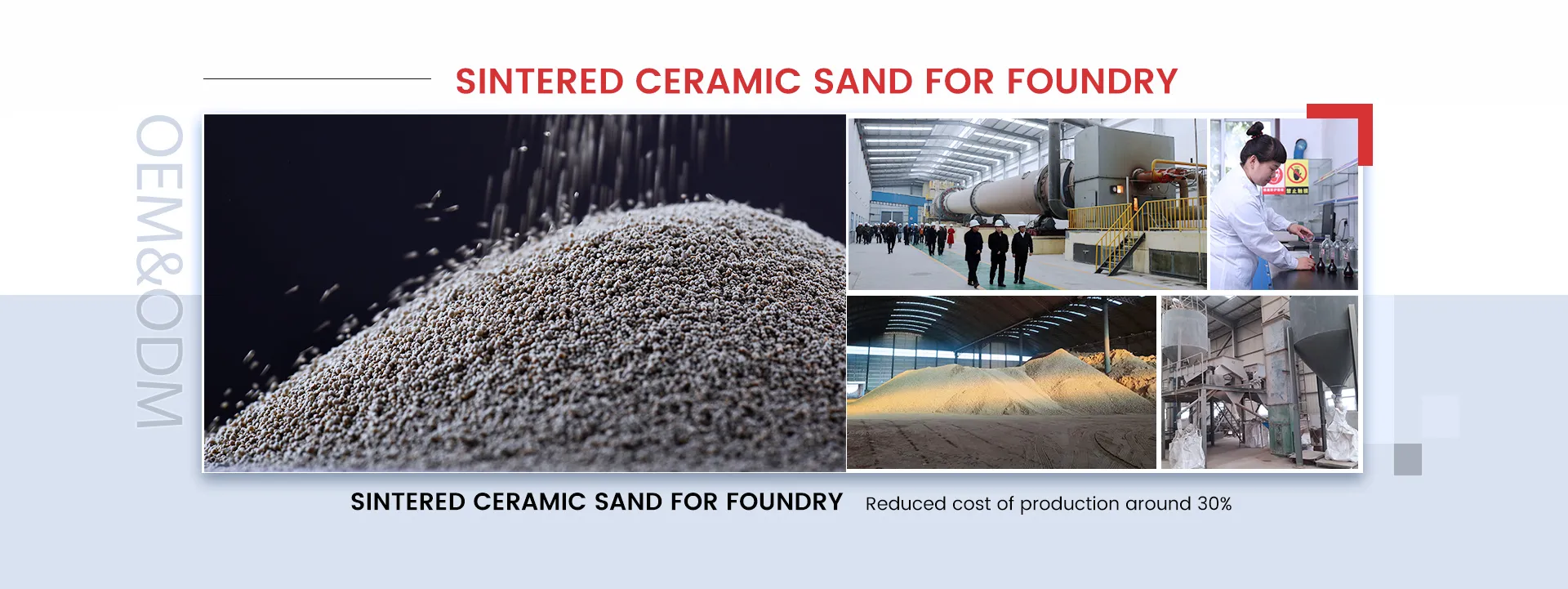Low Pressure Sand Casting A Versatile Manufacturing Process
Low pressure sand casting is an innovative manufacturing technique that combines the traditional methods of sand casting with the advantages of low-pressure gas systems. This hybrid process is gaining popularity in various industries due to its ability to produce complex shapes with high precision and a superior surface finish. This article delves into the fundamentals of low pressure sand casting, its benefits, applications, and future prospects.
Understanding Low Pressure Sand Casting
At its core, low pressure sand casting involves creating molds from sand and utilizing a low-pressure gas system to introduce molten metal into the mold cavity. The process begins with the preparation of a sand mold, which can be easily shaped and reused multiple times. The mold is constructed using a mixture of sand, clay, and water, which provides the necessary strength and flexibility.
Once the mold is ready, it is placed in a casting chamber where a low-pressure atmosphere is established. The molten metal, usually aluminum, magnesium, or zinc, is then stored in a furnace and piped into the chamber. The low-pressure system, typically operating between 0.1 to 0.5 bar, aids in pushing the liquid metal into the mold cavity evenly and at a controlled rate. This approach minimizes the issues of turbulence and ensures the filling of intricate geometries.
Benefits of Low Pressure Sand Casting
1. Improved Surface Finish One of the most significant advantages of low pressure sand casting is the superior surface finish it offers compared to traditional sand casting methods. The controlled filling reduces the occurrence of defects such as sand inclusions or gas porosity, resulting in components with a smoother finish and better dimensional accuracy.
2. Complex Geometries This casting method allows for the production of intricate shapes that are otherwise challenging to achieve with conventional techniques. The low-pressure system ensures that the molten metal fills every nook and cranny of the mold, enabling the casting of complex parts with detailed features.
low pressure sand casting

3. Cost-Effectiveness While the initial setup may require an investment in specialized equipment, low pressure sand casting can be more cost-effective than other processes in the long run. The ability to reuse sand molds and the reduced need for extensive post-processing work translates to lower production costs. Moreover, material waste is minimized, as the process is more efficient in metal utilization.
4. Versatility Low pressure sand casting is adaptable to various materials, which makes it suitable for different industries. Whether it’s aerospace, automotive, or consumer products, this method can be tailored to meet specific requirements in terms of material properties and dimensional tolerances.
Applications of Low Pressure Sand Casting
The applications of low pressure sand casting span a wide range of industries. In the automotive sector, it is commonly utilized to produce engine blocks, transmission cases, and other critical components. The aerospace industry benefits from the process by manufacturing lightweight but strong parts, such as brackets and housings that require excellent mechanical properties. Additionally, the consumer goods industry leverages low pressure sand casting for manufacturing decorative items that require intricate designs.
Future Prospects
The future of low pressure sand casting looks promising, especially with the advent of advancements in 3D printing and automation. Integrating these technologies can enhance mold production, speed up the casting process, and further improve precision and surface finish. As industries are increasingly focused on sustainability, low pressure sand casting is likely to evolve to meet greener standards by minimizing waste and energy consumption.
Conclusion
In conclusion, low pressure sand casting represents a significant advancement in the field of manufacturing. Its unique combination of traditional sand casting with low pressure techniques allows for the production of high-quality, complex parts at a competitive cost. With its wide range of applications and potential for future improvements, low pressure sand casting stands as a viable solution for modern manufacturing challenges. As technology continues to evolve, its role in various industries is expected to grow, paving the way for innovative designs and enhanced production efficiencies.
Post time:10 月 . 18, 2024 18:54
Next:Innovative Techniques in 3D Sand Printing for Enhanced Casting Applications
